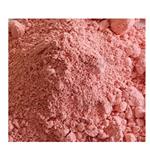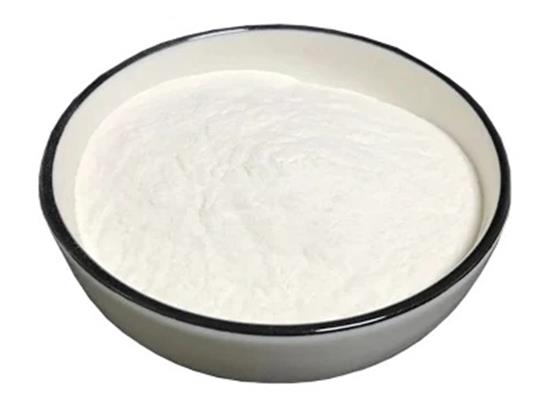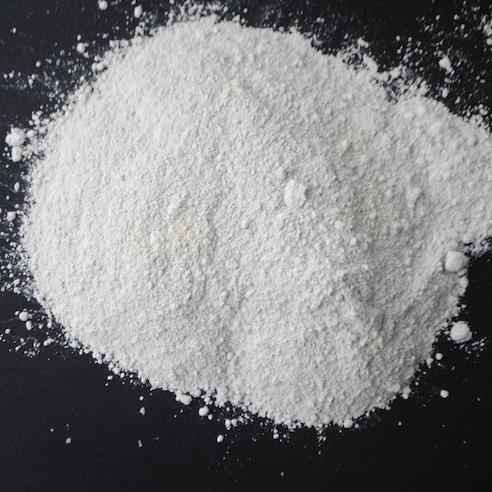Regorafenib: Uses, Mechanism of Action and Side effects
Uses of Regorafenib
Regorafenib is a targeted anticancer prescription drug that belongs to the diphenylurea class of multikinase inhibitors, targeting angiogenic receptors (VEGFR1-3, TIE2), stromal receptors (PDGFR-β, FGFR) and oncogenic receptor tyrosine kinases (KIT, RET and RAF).

It can be used to treat patients with the following:
colon or rectal cancer that has spread to other parts of the body and for which they have received previous treatment with certain chemotherapy medicines.
a rare stomach, bowel, or esophagus cancer called GIST (gastrointestinal stromal tumor) that cannot be treated with surgery or that has spread to other parts of the body and for which they have received previous treatment with certain medicines.
a type of liver cancer called hepatocellular carcinoma (HCC) in people who have been previously treated with sorafenib.
It is not known if STIVARGA is safe and effective in children less than 18 years of age.
Mechanism of Action
The mechanism of action of Regorafenib is very similar to that of Sorafenib. They are both oral multikinase inhibitors. Essentially, they block tyrosine kinases that are very active in angiogenesis, cancer development and growth, and maintaining the tumour microenvironment. Sorafenib and regorafenib block similar kinases, but regorafenib is more active on the vascular endothelial growth factor receptor. Regorafenib is also a stronger c-KIT inhibitor compared to sorafenib, partially blocking TIE2, while sorafenib does not. This molecule is also important in angiogenesis, potentially making regorafenib a more potent inhibitor of angiogenesis than sorafenib.
Regorafenib inhibits a variety of membrane-bound kinases and intracellular kinases involved in normal cellular functions and pathological processes. In vitro biochemical or cellular assays, regorafenib or its major human active metabolites, M-2 and M-5, inhibited RET, VEGFR1, VEGFR2, VEGFR3, KIT, PDGFR-α, PDGFR-β, FGFR1, FGFR2, TIE2, DDR2, TrkA, Eph2A, RAF-1, BRAF, BRAFV600E, SAPK2, PTK5 and Abl activity at clinically achieved regorafenib concentrations. In in vivo models, regorafenib has shown anti-angiogenic activity in a rat tumour model and tumour growth inhibition and anti-metastatic activity in several mouse xenograft models, including a number of mouse xenograft models for human colorectal cancer.
Side effects
Common side effects of Regorafenib (incidence >10%) include: fever; increased risk of infection; difficulty breathing; pallor; bruising; bleeding gums or nosebleeds; fatigue; soreness, redness and peeling of the palms of the hands and soles of the feet; loss of appetite and weight loss; diarrhoea or constipation; hoarseness; high blood pressure; mouth ulcers; rashes, dry and itchy skin; and joint, arm and leg or back pain; liver problems, etc. These symptoms are not always present and vary from person to person.
Occasional side effects(incidence 1~10%) include: changes in the levels of minerals in your blood; indigestion and heartburn; loss of body fluid (dehydration); numbness or tingling in fingers or toes. This is often temporary and improves after treatment finishes; stiffness of your muscles and joints; loss of hair; headaches; inflammation of your stomach or bowel; protein in urine, etc.
Rare side effects(incidence <10%) include: a heart attack; changes to your nails. They can get weak, split or develop ridges; an allergic reaction that can cause rash, shortness of breath, redness or swelling of the face and dizziness; skin cancer (non melanoma squamous cell carcinoma); inflammation of the pancreas causing stomach pain and, feeling sick or being sick; a hole in the wall of your bowel or stomach, etc.
You may like
Related articles And Qustion
See also
Lastest Price from Regorafenib manufacturers

US $0.00/KG2025-04-21
- CAS:
- 755037-03-7
- Min. Order:
- 10g
- Purity:
- 99.5%min
- Supply Ability:
- 10kg

US $0.00/kg2025-03-07
- CAS:
- 755037-03-7
- Min. Order:
- 1kg
- Purity:
- 0.99
- Supply Ability:
- 20tons





